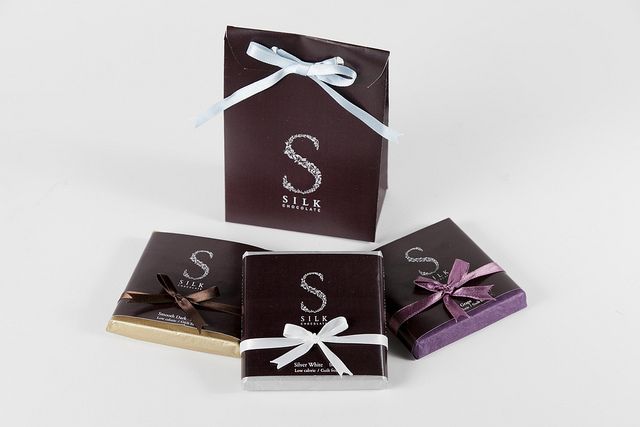Some rights reserved by vfsdigitaldesig
You might have thought that, given its decadent credentials, luxury packaging would not have survived the global financial crisis. But the fact is that it did, and what’s more, it’s now back with a vengeance and forecast to grow by 4.4 percent to 2019, our appetite for luxury packaging is unrelenting.
We know that luxury branded goods were buoyed by sales from developing economies during the crisis, but luxury brands saw growth in developed markets too, due to wealthy individuals splashing their cash. Packaging specifiers and designers were more than happy to oblige our indulgence.
What struck me at a recent luxury packaging trade show is how mainstream luxury packaging now is. It’s no longer the sole domain of the haute couture shopper, who requests sumptuously wrapped and boxed clothes be collected by their chauffeur (films from the 1950s spring to mind).
It might be for a premium brand, but it can equally be for a top of the range food item, purchased in a supermarket. Arguably, in some cases the packaging can actually be more exciting than the product. Certainly, the lovely warm glow you get can be in no small way due to the box. I’m thinking the blue box, the blue bag, the white ribbon…you get the picture. It might not be worth a fortune but the box tells the story.
What’s even more pleasing is how much the luxury packaging market is alive with creativity and dynamism, offering a truly geographical smörgåsbord of choice. After 10 minutes at the show I’d met people from France (manufacturing in Serbia), Ireland, the United States, Italy, Germany and more, all with products to ply, ideas to contribute and a real sense of optimism about the future of luxury packaging.
Even better was the plethora of natural materials on show; paper, wood, textiles, glass and much more, some made from recycled stock and some I would never have imagined could be fashioned into packaging at all! Certainly environmental considerations have made this market segment even more creative – on all substrates – for a stronger and better future.
Clearly the surge in personalised packaging, a key trend identified by Smithers Pira in its report on the Future of Luxury Packaging, is alive and well. Look no further than the extraordinary numbers of things you can now personalise, from mobile applications, to ceramics, textiles, and traditional printed stationery.
This is certainly great news, as manufacturers and brand owners accommodate shifting demographics. Old established brands can rejuvenate their offering to appeal to a younger and newer audience. They can even revitalise their offering to an established audience, the older and fussier demographic that is beginning to be the dominant group in developed markets.
The point is, a more bespoke product offers greater scope to reach a more diverse, and more segmented market so the brand owner can sell a greater range of niche or limited edition products, reach new buyers and build brand loyalty.
Now, that’s something to raise a glass to! Providing it’s out of a beautiful limited edition bottle, of course.
